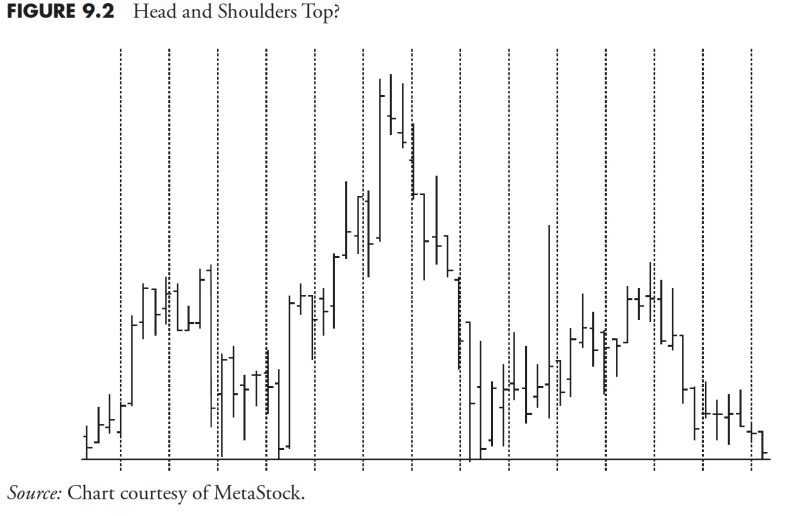
Unlocking Trading Success: Mastering Technical Indicators – Part 2 of Market Research & Analysis Series
Improving Your Marketing Strategy: Understanding Technical Indicators in Market Research and Analysis
Technical indicators play a vital role in market research and analysis, offering valuable insights to guide your marketing strategy, decisions, and actions. By mastering the use of technical indicators, businesses can significantly enhance their ability to forecast trends, identify profitable opportunities, and navigate the continuously evolving market landscape. This article delves into the practical application of technical indicators, highlighting how they can be beneficial in market research and analysis.
Understanding Technical indicators in Market Research and Analysis
In essence, technical indicators are statistical metrics used to assess the direction of market trends and to generate trading signals. They utilize historical market parameters such as price and volume to predict future market directions and are typically used by traders, investors, and marketing strategicians.
There are two primary categories of technical indicators: leading and lagging indicators.
1. Leading Indicators: These indicators predict future movements and provide signals before a change occurs in the behavior of the market. They are used to forecast possible changes in market trends and are most effective in volatile markets. Some examples include the Relative Strength Index (RSI) and Moving Average Convergence Divergence (MACD).
2. Lagging Indicators: These indicators provide signals after the conditions they are intended to measure have occurred. They are best used to confirm patterns and trends, providing a historical view of the market conditions. The most common examples of lagging indicators include Moving Averages(MA) and Bollinger Bands.
How to Utilize Technical Indicators
Applying technical indicators to market research and analysis is a multi-step process:
1. Selection of Indicators: The initial step involves selecting the technical indicators pertinent to your objectives and market. This process requires a thorough understanding of the different technical indicators available, their principles, and the contexts in which they are most effective.
2. Data Collection: After selecting the appropriate technical indicators, the next step is to gather historical data on price and volume for the market being analyzed. This data can be obtained from financial market databases, publicly available business data, and specialized research institutions.
3. Data Analysis: Utilizing the chosen indicators, the collected data is then analyzed to identify patterns, correlations, and deviations. It’s important to remember that each technical indicator has its own unique formula and method of calculation, which need to be adhered to accurately.
4. Interpretation: The final step in the process is interpreting the results from the analysis. This step involves deriving actionable

